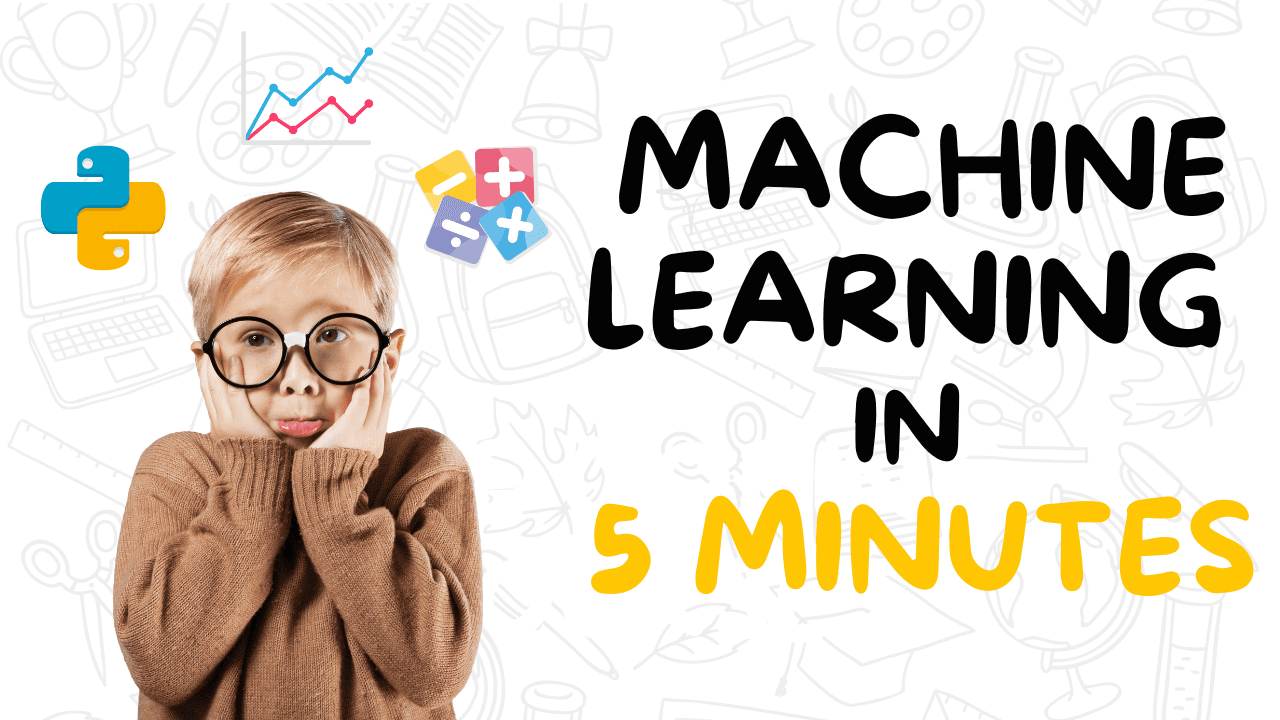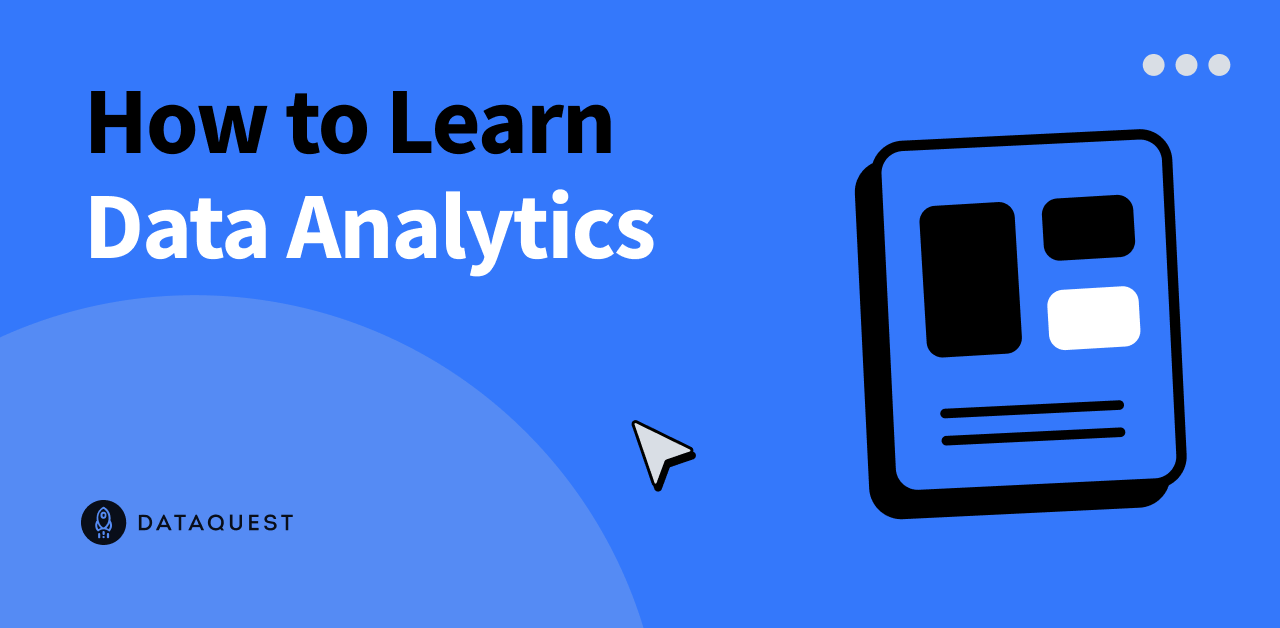Introduction:
Supervised learning aims to build a model that performs well on new data. However, obtaining new data may not always be possible. In such cases, a train-test-validation split procedure can be used to evaluate the model’s performance. It is fascinating to see how a model performs on a dataset and witness the effective results of dedicated efforts in creating an efficient machine learning model.
Train Test Validation Split:
The train-test-validation split is a crucial step in machine learning and data analysis, particularly during model development. It involves dividing a dataset into three subsets: training, testing, and validation. This split helps assess how well a machine learning model will perform on new, unseen data and prevents overfitting, where a model fails to generalize to new instances. By using a validation set, practitioners can iteratively adjust the model’s parameters to achieve better performance on unseen data.
Importance of Data Splitting in Machine Learning:
Data splitting plays a vital role in machine learning and offers several benefits:
1. Training, Validation, and Testing: Data splitting divides a dataset into three subsets: training, validation, and testing. The training set is used to train the model, the validation set helps optimize the model’s configuration, and the testing set evaluates the model’s performance on new data.
2. Model Development and Tuning: The training set exposes the model to various patterns in the data, allowing it to learn and adjust its parameters. The validation set aids in optimizing the model’s configuration during hyperparameter tuning.
3. Overfitting Prevention: The validation set acts as a checkpoint to detect overfitting, where a model performs well on the training data but fails to generalize. By evaluating the model’s performance on a separate dataset, overfitting can be prevented.
4. Performance Evaluation: The testing set is crucial in evaluating a model’s performance on real-world scenarios. A well-performing model on the testing set indicates its successful adaptation to new, unseen data.
5. Bias and Variance Assessment: The training set provides insights into the model’s bias, while the validation and testing sets help assess variance. Striking the right balance between bias and variance is essential for a model that generalizes well across different datasets.
6. Cross-Validation for Robustness: Techniques like k-fold cross-validation further enhance model robustness by training and validating on different subsets of the data. This provides a comprehensive understanding of the model’s performance across diverse data distributions.
Significance of Data Splitting in Model Performance:
Data splitting significantly impacts model performance by:
1. Evaluation of Model Generalization: Data splitting allows for the creation of a testing set to check how well a model performs on new data. It helps prevent overfitting by assessing a model’s true generalization capabilities.
2. Prevention of Overfitting: Overfitting is mitigated by evaluating a model’s performance on unseen data. Data splitting helps identify when a model becomes too complex and captures noise or specific patterns from the training data.
3. Optimization of Model Hyperparameters: Model hyperparameters can be adjusted based on the behavior observed on a validation set. Data splitting aids in the iterative process of optimizing hyperparameters.
4. Strength Assessment: Data splitting, particularly through k-fold cross-validation, helps assess the robustness of a model by training and validating on different subsets. This provides insights into how well the model generalizes to diverse data distributions.
5. Bias-Variance Trade-off Management: Data splitting allows for the evaluation of a model’s bias on the training set and its variance on the validation or testing set. This understanding is crucial for optimizing model complexity.
Understanding the Data Split: Train, Test, Validation:
For effective training and testing of a model, the dataset should be divided into three different subsets:
1. The Training Set: This subset is used to train the model and enable it to learn hidden features in the data. It should include diverse inputs to ensure the model can predict any future data sample.
2. The Validation Set: The validation set is used to assess the model’s performance during training and tune its configurations. It prevents the model from overfitting to the training set and helps evaluate its ability to generalize to new data.
3. The Test Set: After completing the training, the model is tested on the test set to provide a final performance evaluation in terms of accuracy and precision.
Data Preprocessing and Cleaning:
Data preprocessing involves transforming the raw dataset into a format that can be easily understood. This stage is crucial in data mining as it improves data efficiency.
Randomization in Data Splitting:
Randomization is essential in machine learning to ensure unbiased training, validation, and testing subsets. By shuffling the dataset before partitioning, the risk of introducing patterns specific to the data order is minimized. Randomization enhances model generalization and protects against potential biases.
Train-Test Split: How To:
To perform a train-test split, libraries like scikit-learn in Python can be used. The `train_test_split` function is imported, and the dataset is specified along with the desired test size (e.g., 20%). This function randomly divides the data into training and testing sets while preserving the distribution of classes or outcomes.
Validation Split: How To:
After the train-test split, the training set can be further partitioned for a validation split. This is crucial for tuning the model. Again, the `train_test_split` function is used on the training data, allocating a portion (e.g., 15%) as the validation set. This allows refining the model’s parameters without touching the untouched test set.
Train Test Split for Classification:
In classification, the data is divided into training and testing sets. The model is trained on the training set and its performance is evaluated on the testing set. Typically, the training set contains 80% of the data, while the test set contains 20%.
Real Data Example:
A real data example using scikit-learn in Python demonstrates the train-test split in classification. The dataset is loaded, the data is split using `train_test_split`, a logistic regression model is trained, and its accuracy is evaluated.
Train Test Regression:
For regression tasks, the data sets are divided into training and testing sets. The regression model is trained on the training set, and its performance is assessed on the testing set.
Overall, data splitting plays a critical role in machine learning model development, evaluation, and optimization. It ensures model generalization, prevents overfitting, optimizes hyperparameters, assesses model strength, manages the bias-variance trade-off, and enhances model performance.
Source link






















